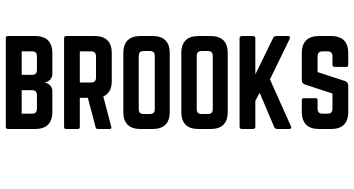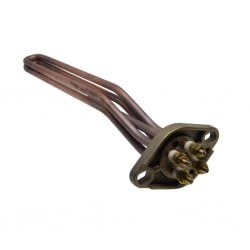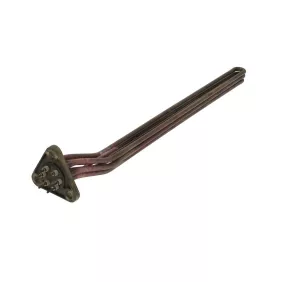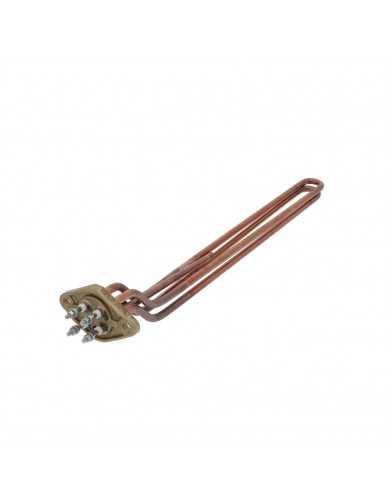Frequently Asked Questions
This does depend of which brand of espresso machine you have. Some espresso machine brands don’t use a heating element thermostat at all. Most thermostats are interchangeable with each other, but always make sure that you use a single phase or a 3 phase version, check out the thermostats we have on our website
Well first of all the heating element flange, seen those are in most cases not interchangeable with each other. seen a Cimbali heating element won’t fit a Nuova Simonelli heating element due to the flange model. A other important feature is the length of the heating element. When it is too long, it won’t fit. When the element is too short you will get uneven heat distribution in the boiler.
Well descaling a heating element is quite simple. A heating element can be placed inside a water tight tube. But the flange can not be submerged, the chance that water gets inside the heating element is possible. Which shorts out the element and makes it unuasable.
To descale a heating element you can use Puly caff Calcinet descaler, this need to be dissolved into hot water. First remove the loose lime scale. If it doesn’t remove all the limescale, repeat the procedure.
A heating element only comes with a gasket when this is specified. If this is not specified a heating element gasket isn’t supplied with the element.
Heating element for coffee machine
La Spaziale S1 Vivaldi heating element 1250W 220V
Faema E61 heating element 3 group 3700W 230V
If you want to order a heating element you need to take a look at various features, seen not all the heating elements on espresso machines are identical to each other or out of production. In that case you need to find a new one
The Flange on a heating element
The first thing you need to look at is the flange, seen there are a lot of different sizes available. This mainly depends on the brand the espresso machine is off. There are in essence 2 types, the bolt on flange and the screw in flange. Some brands use on their espresso machine a combination of both. In most cases these flanges are made from cast brass, but you see nowadays more often that they are also made from pressed stainless.
The screw in flange is available in 2 sizes a 1”1/4 and a 1” flange. This size is the outer diameter of the threads on the heating element. For the 1” heating element you need a flat gasket with a outer diameter of 41/42 mm and a inner diameter of 33mm. For the 1”1/4 heating element you need a gasket which has a outer diameter of 53/54mm and a inner diameter of 42/42mm. This type of heating element is used with commercial and domestic espresso machines. With commercial brands you will find this model on La Marzocco, San Remo and La Carimali. On domestic espresso machines you will find them on Vibiemme, Rocket, ECM and Isomac.
The bolt on flange is the most used type of flange on espresso machines. This flange is bolted with 2/ 6 bolts to one end of the boiler. This pattern does depend on what kind of brand it is for, seen some brands have their own flange style. For instance the heating elements on Nuova Simonelli and Victoria Arduino espresso machines have a unique shape, which require 6 bolts. A other brand which has a unique shape are the elements on La Cimbali espresso machines. These have a asymmetric flange with 6 bolt holes. These elements can also be found on other brands such Casadio and some Faema machines.
Other shapes of heating elements are triangular, oval shaped, square or a integrated heating element inside a boiler or flange. But the most common model is the oval shaped one with 2 bolt holes.
The length of a heating element
If you have a heating element which is too long for your boiler it won’t fit. For that reason you always need to measure the length of the heating element coils. This is measured from the end all the way up to the inside of the flange. There can be slight differences between the given length and the produces length.
The Wattage of a heating element
How much watt you need for your espresso machine does depend on various requirements. Is it a element for a water/steam boiler, brewing group of for a cup warming tray. For a water and steam boiler you require a lot more wattage then for a brewing group boiler.
Besides that it does also depend on how many brewing groups the espresso machine has, seen the volume on a 1 group coffee machine is a lot less then on a 4 group. A other thing is how fast the heating element needs to heat up the boiler. If you have a high volume bar, it can be handy to have a espresso machine with a higher capacity.
The Voltage of a heating element
One of the most important things is the voltage of the heating element. Heating elements for espresso machines are made in 3 types, 110V 220/230V and 380/400V. The 110V and 220/230V are single phase power. Where the 380/400V is a 3 phase power. This is mainly used with heating elements which have a large capacity.




